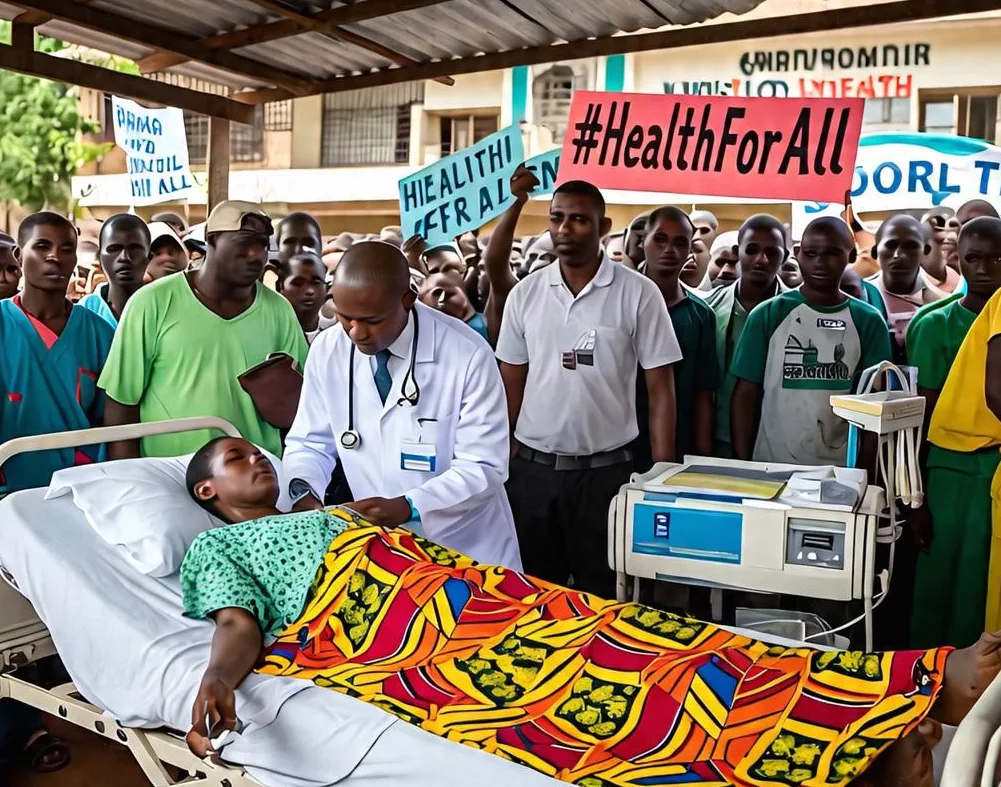By Byron Mutingwende
The International AIDS Society (IAS) 2017 Scientific Co-Chairs, Linda-Gail Bekker and Jean-François Delfraissy have said HIV science matters in ending the epidemic – a situation that requires the continued contribution of and investment in science.
The experts said scientific knowledge is the backbone of the HIV response.
“Over the past 30 years, scientific research has shaped and influenced our understanding and management of HIV and has pointed continually to better ways to reduce or prevent HIV-related illnesses, improve lives for people living with HIV and prevent new infections. Science drives the HIV response. Yet our extraordinary scientific progress against HIV and our ability to address all of the scientific challenges still before us are threatened by a weakening resolve to fund HIV science.
“We cannot achieve ambitious global goals, provide life-long treatment to the 37 million people living with HIV and reduce the epidemic without an unfaltering commitment to research,” the co-chairs said in a joint statement.
They said progress in HIV science has far-reaching synergistic effects across public health, informing and supporting the response to other disease areas. The experts called for political commitment to sustained and predictable investment in a robust HIV science agenda. They outlined areas to be strengthened to ensure that scientific progress against the epidemic is maximised and that gains are not lost.
Firstly, understanding HIV and its interactions with its host at the most fundamental level requires continuing investment in basic science. Current research priorities include the analysis of the molecular and cellular mechanisms of HIV persistence and viral control. To enhance research efforts towards an HIV cure, animal models and promising new technologies must be funded. Synergistic approaches with cancer, chronic and infectious diseases research must be promoted.
Secondly, controlling the global epidemic requires a vaccine and an ongoing and consistent commitment to investigating new approaches to vaccine development for both prophylactic and therapeutic use. Research efforts must include the characterisation of different cellular and humoral immune responses to be harnessed in the development of preventive vaccine and immunotherapeutic strategies.
Thirdly, improving HIV treatment options and outcomes for the millions of people who need it requires research on drug formulations and adherence support. These efforts should prioritise the development of antiretroviral (ARV) formulations that support long-term adherence and reduce the risk of viral resistance. Development efforts must include nano, injectable and other long-acting formulations, as well as optimal formulations with good tissue diffusion and few side effects and adapted to paediatric populations. Cooperation between HIV, TB and cryptococcosis research programmes must be promoted. Implementation science must continue to inform retention approaches across “Test-Treat-Retain”, including new modalities for repeat testing in high-incidence settings, routine viral load monitoring, improved client adherence strategies and the adoption of differentiated service delivery models.
Fourthly, prevention options must be accessible to and useful for the people who need them most. Investment in prevention and overcoming structural barriers should focus on improving access to diversified prevention tools, including pre-exposure prophylaxis (PrEP), for people most vulnerable to HIV infection. Prevention research must continue to support the development and scale up of combination prevention, notably for key populations (men who have sex with men, people who inject drugs, sex workers, transgender people), migrants and the younger generation with a gender-sensitive approach. Research priorities in the humanities and social sciences must address stigma and discrimination and identify tailored approaches to reduce the drivers of the epidemic, including homophobia, sexism and xenophobia.
Fifthly, beyond the laboratory and clinical trial setting, investments that better explore economics and financing are essential to supporting a sustained response and the creation of innovative financing models. Research must continue to inform thinking on pricing models for HIV diagnostics and medicines, as well as treatments for co-infections, that are modified in particular for low- and middle-income countries and take into consideration the expanded role of generics and bio-equivalents. Political and economic sciences must focus on existing financing gaps and work towards models that expand universal health coverage.
“The HIV epidemic is far from over. Expanding the evidence base to guide policy and programme decisions is a key component in addressing critical research gaps. Multi-disciplinary approaches and research programmes adapted to a range of social and cultural contexts must be allowed to flourish; participatory and community-based research must be strengthened; and the meaningful involvement of key populations and people living with HIV in shaping research priorities must remain an unwavering principle.”






